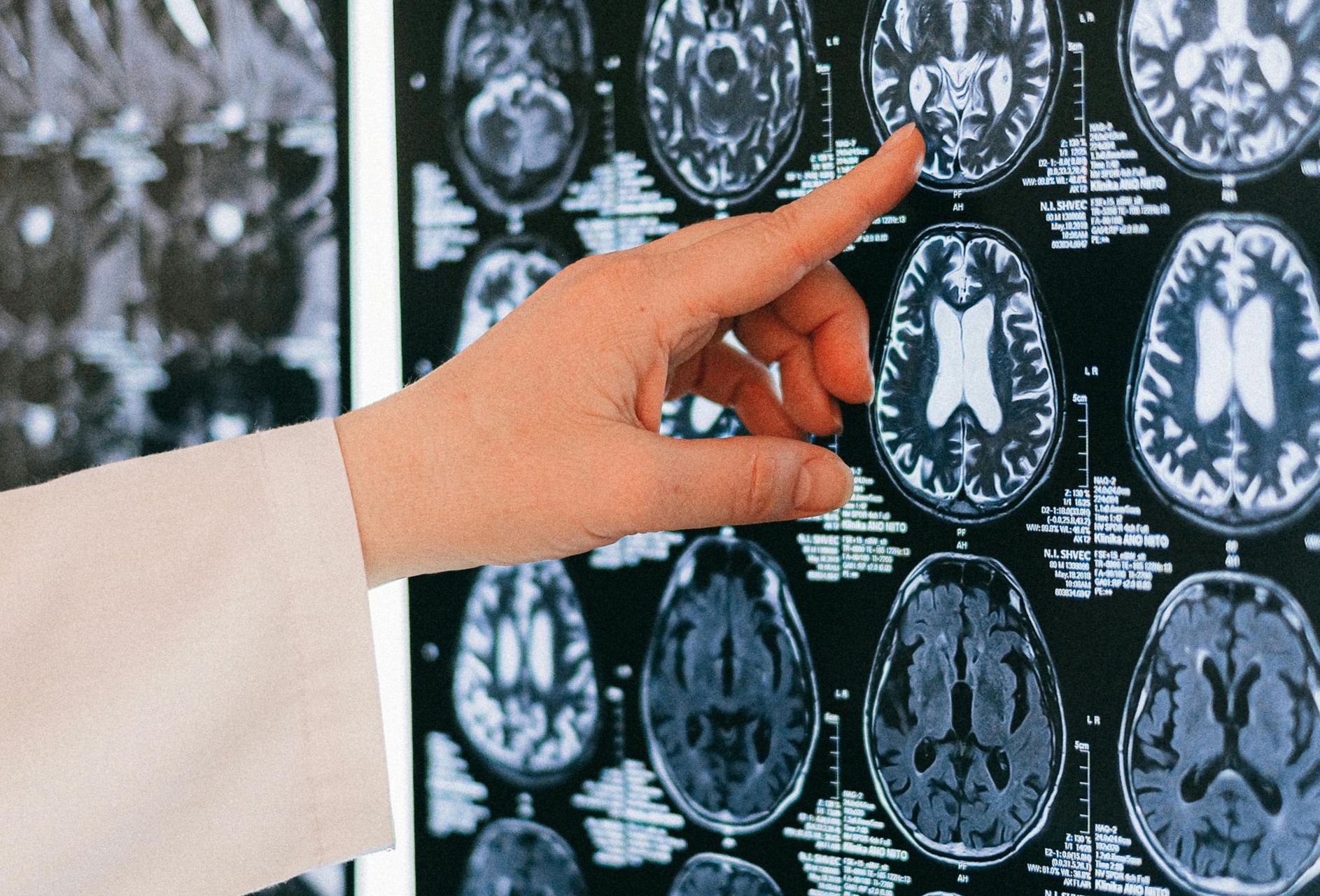What are Coronary Stents?
Coronary stents are small, wire mesh tubes that are used to treat narrowed or blocked coronary arteries. These arteries supply oxygen-rich blood to the heart muscle. When these arteries become narrowed or blocked due to plaque buildup, it can lead to chest pain or even a heart attack. Coronary stents are designed to open up these blocked arteries and restore blood flow to the heart.
How do Coronary Stents Work?
During a minimally invasive procedure called coronary angioplasty, a small balloon attached to a catheter is inserted into the blocked artery. The balloon is then inflated to widen the narrowed area and improve blood flow. After the artery has been opened, a coronary stent is inserted to keep the artery propped open. The stent acts as a scaffolding to hold the artery walls in place and prevent them from collapsing again.
Types of Coronary Stents
There are two main types of coronary stents: bare-metal stents and drug-eluting stents. Bare-metal stents are made of metal and provide structural support to the artery. However, they do not release any medication to prevent scar tissue formation. On the other hand, drug-eluting stents are coated with medication that helps prevent the re-narrowing of the artery. The choice of stent depends on various factors such as the patient's condition, medical history, and the location of the blockage.
Recovery and Lifestyle Changes
After receiving a coronary stent, it is important to follow your doctor's instructions for a healthy recovery. Most patients are able to resume their daily activities within a few days. However, it is common for patients to be prescribed medications to prevent blood clotting and lower cholesterol levels. Additionally, certain lifestyle changes such as adopting a heart-healthy diet, quitting smoking, and engaging in regular exercise may be recommended to improve long-term outcomes.
Risks and Complications
While coronary stent placement is generally safe, it is not without risks. Some potential complications include bleeding, infection, blood clot formation, damage to blood vessels, or an allergic reaction to the stent material. It is essential to discuss the risks and benefits of the procedure with your doctor before making a decision.
In conclusion, coronary stents have revolutionized the treatment of coronary artery disease. They are a minimally invasive and highly effective option for opening up blocked arteries and restoring blood flow to the heart. If you or a loved one is facing this condition, it is vital to consult with a healthcare professional to determine the best treatment plan for your individual needs. Remember, early intervention and proper care can significantly improve your heart health and quality of life.
.










